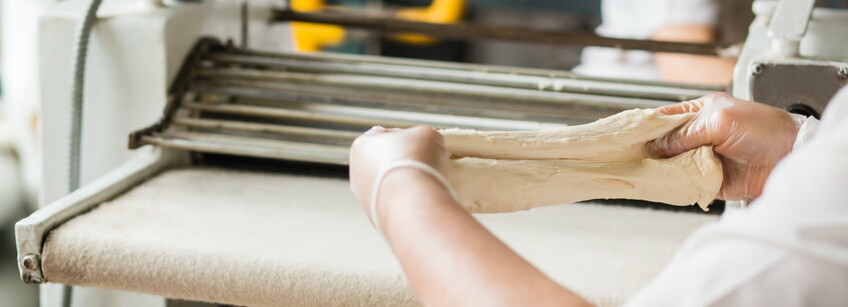
You use protein to bulk up. So does your bread, in the form of gluten. This storage protein unique to wheat, rye and triticale is a reserve of amino acids. Thanks to its elastic, viscous and extensible properties, gluten gives bread its springy texture and allows dough to stretch. It also provides texture, stabilization, flavor and dough strength.
But sometimes, your dough needs more
Depending on the product, the dough may need more strength than the gluten naturally present in flour can add. This is where vital wheat gluten comes in—the highly functional protein that has been separated from wheat starch and other grain components so you can boost protein content in a concentrated form. There’s more then once reason to add gluten to your products.
Here are a few things vital wheat gluten does:
- Reduces gas bubble coalescence
- Increases colloidal stability of fermented/proofed doughs
- Increases gas retention capacity of dough and subsequently increases product volume
- Enhances nutritional profile of finished product (a 1.0% addition of VWG will increase the flour protein content by 0.6%)
- Increases water absorption (a 1.0% addition of VWG will increase dough absorption by about 1.5%)
- Improves mixing and fermentation tolerances
What is it made of?
Commercial vital wheat gluten is roughly 73% protein (78% dry basis), 6% total fat, 6% moisture and <1% ash. The major components of wheat gluten consist of gluten and gliadin. Wheat gluten is sometimes referred to as a protein-lipid-polysaccharide complex because it contains, on average, 72.5% protein (77.5% dry basis), 5.7% lipids, and 10-15% starch including 6.4% moisture, 0.7% ash and minor amounts of dietary fiber.

